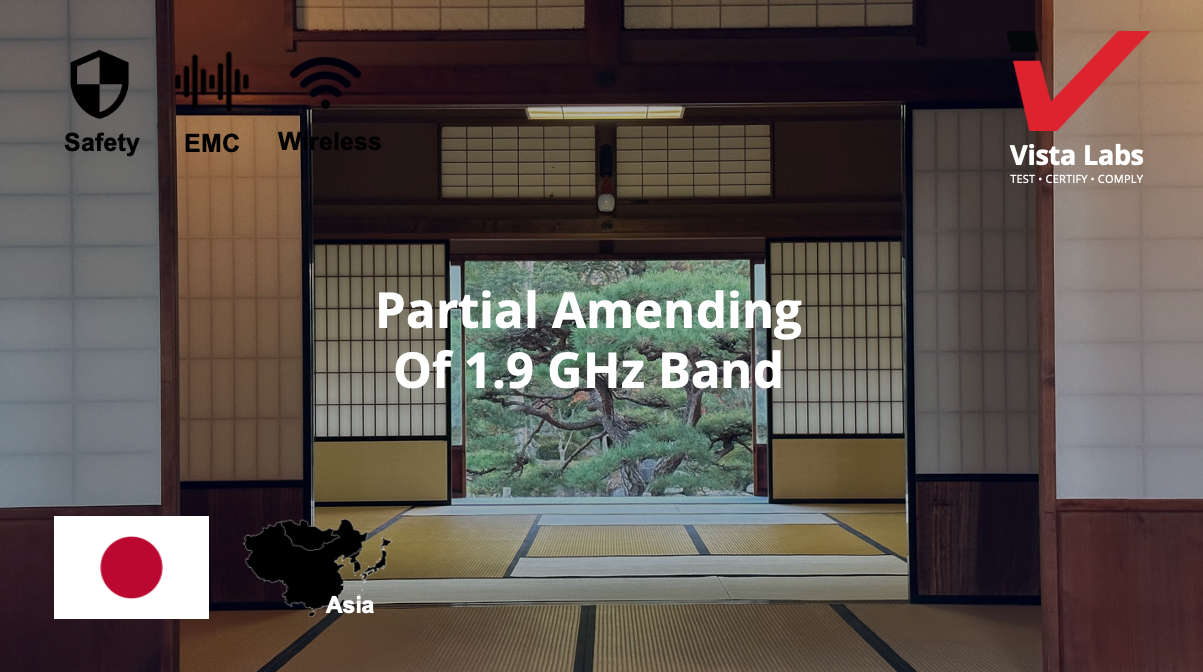As of November 27th, 2023, Japan has made a partial amendment of the Ordinance for Enforcement of the Radio Act. There were reasons for the amendment. The digital cordless telephones using 1.9 GHz band are unlicensed radios systems. The self employed PHS, Personal Handy-phone System, was introduced in 1993. The DECT, Digital Enhanced Cordless Telecommunications, system using wide band was introduced in 2010. The TD-LTE s oyster, same as the sXGP or shared Xtended Global Platform System, was introduced in 2017 to mean the diversifying usage needs of the IoT society. TD-LTE system frequency band was increased in 2020.
The DECT system was included in in the ITU-R Recommendation M. 1457 as the IMT-2000 family. It’s wide application for wireless microphone conferencing systems, TV door-phones, baby monitors, etc. in addition to cordless phones, and the demand for them has increased.
TD-LTE system is a wireless system using LTE system. Demand for this has been growing with the growing use of mobile phones.There is also a demand for a wider band in order to cope with further large-capacity communications, like images and videos.
At 1.9 GHz, all services of Public PHS ended at the end of March 2023. To make a more efficient use of the 1.9 GHz band, Japan will amend the technical regulations for digital cordless telephones using DECT system and TD-LTE System considering current and future needs.
Here is what has been amended. For the DECT system, 1885.248 MHz, 1886.976 MHz, 1888.704 MHz, 1890.432 MHz, 1892.160 MHz, and 1893.888 MHz has been added to carrier frequency. Carrier sense for the protection of speech channel is -62 dBm or less over one frame of 10 msec or more. For TD-LTE system, 1909.1 MHz and 1911.6 MHz has been added to the carrier frequency. The occupied bandwidth added 10 MHz bandwidth system to the already accepted 1.4 MHz and 5 MHz. Antenna power accepts 10 MHz bandwidth system if the master unit is 200 mW or less and the slave unit is 100 mW or less. The carrier sense for the protection of the speech channel must be below the carrier sense level for one or more frames. When each of the master units and slave unites gets a carrier sense function. The added 10 MHz bandwidth System must be -56 dBm or less when only the master units get carrier sense function on behalf of slave units. Or the 10 MHz bandwidth system must be -64 dBm or less.



